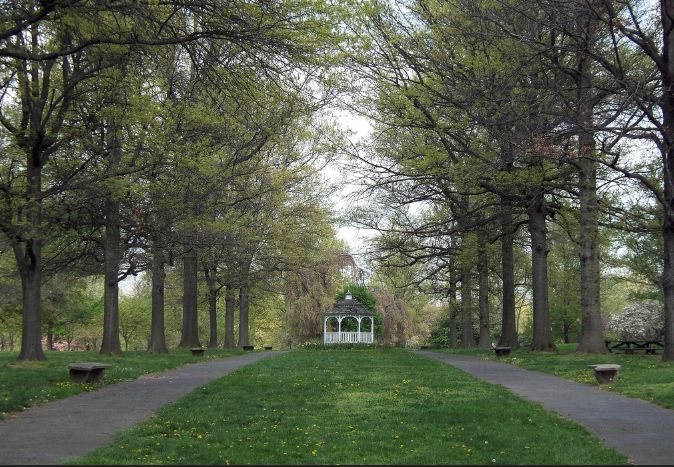Google Street View Hits Philadelphia Parks

Google Street View is a pretty darn cool thing. With street-level mapping, it lets you take a peek at the house you grew up in, the neighborhood surrounding a house you’re thinking of buying, and countless nifty public landmarks. Street View has gone global, with cameras documenting everything from the Pyramids of Giza to Santa’s workshop in Finland in fantastic 360-degree panoramas. And now, within half a year, all of Philadelphia’s extensive public parks will be viewable on Street View.

A pair of hikers will foot it through Philadelphia’s enormous park system recording images for Google Street View.
Google has mapped national parks in the past, but now it is turning its attention to the nation’s largest urban park system… which is to say, that belonging to the City of Brotherly Love. Thanks to a collaboration between Philadelphia Parks & Recreation and the Fairmount Park Conservancy, internet browsers will be able to virtually follow all 200 miles of Philadelphia’s park trails, as well as visit miscellaneous points of interest located within the parks. The project will make Philadelphia the first city to map its public parks system through Google’s Trekker program.
Fairmount Park refers not only to Philadelphia’s flagship public park, but collectively to all 63 of its dedicated public spaces as well. Altogether, the greater Fairmount Park sprawls over 9,000 acres. And, over the next six months, it will be thoroughly mapped by two new additions to the Parks & Rec staff. Conor Michaud is a gym instructor and Gint Stirbys is a professional mover. Both are experienced hikers, and both are strong. They’ll need to be, to tote Google’s 50-pound Trekker backpack, which is equipped with a 15-lens camera apparatus that snaps panoramic images every three seconds. The two will alternate carrying the heavy backpack, which is on loan from Google, and the other will walk ahead, clearing the park path of any fallen debris or litter before the camera captures it. The two will work from 9am until 3pm each day for the next six months to get the job done.
It’s only been a few weeks into the project, but the pair have already conquered 11 parks. Stirbys called the job “a nice little meditative experience.”



